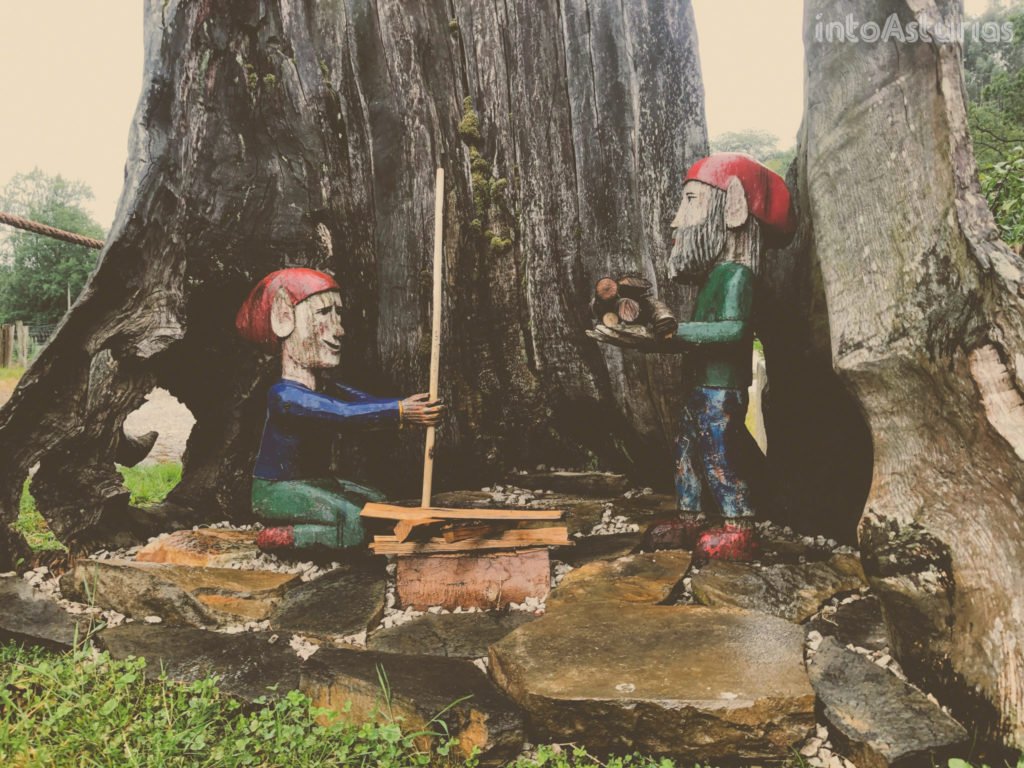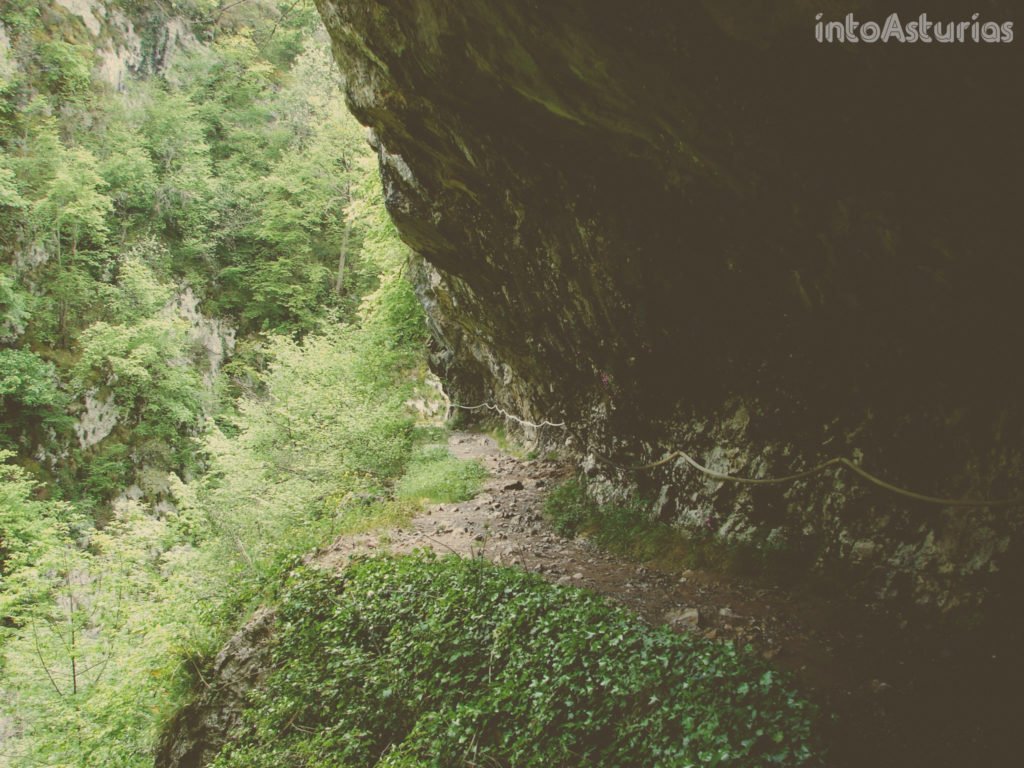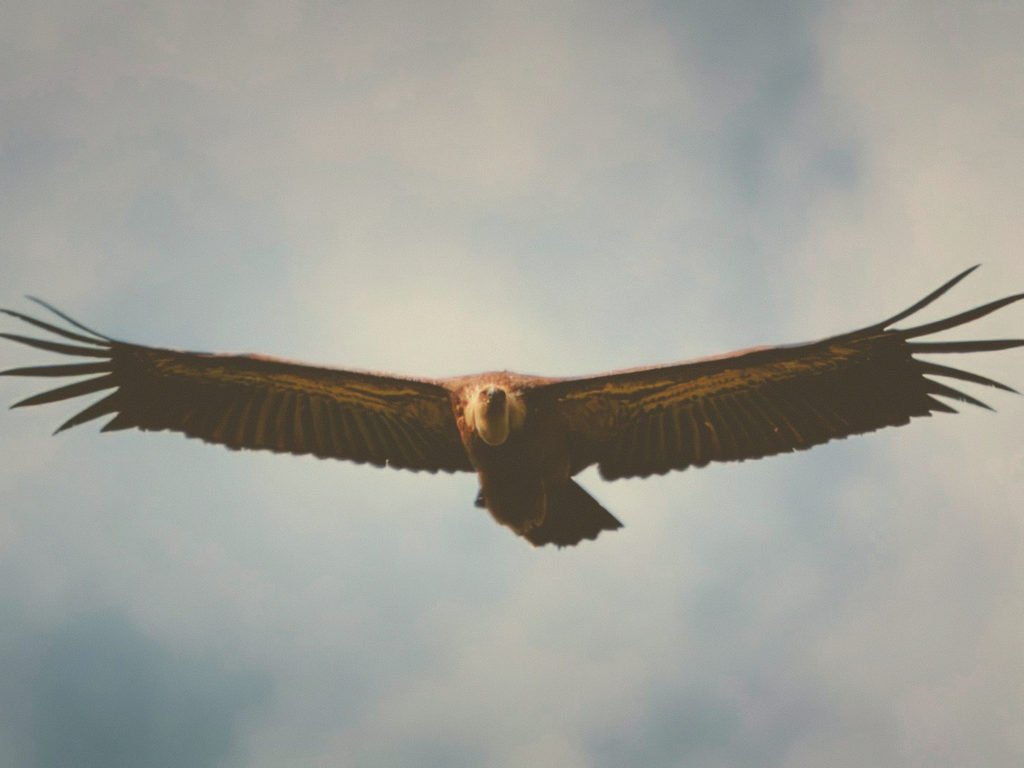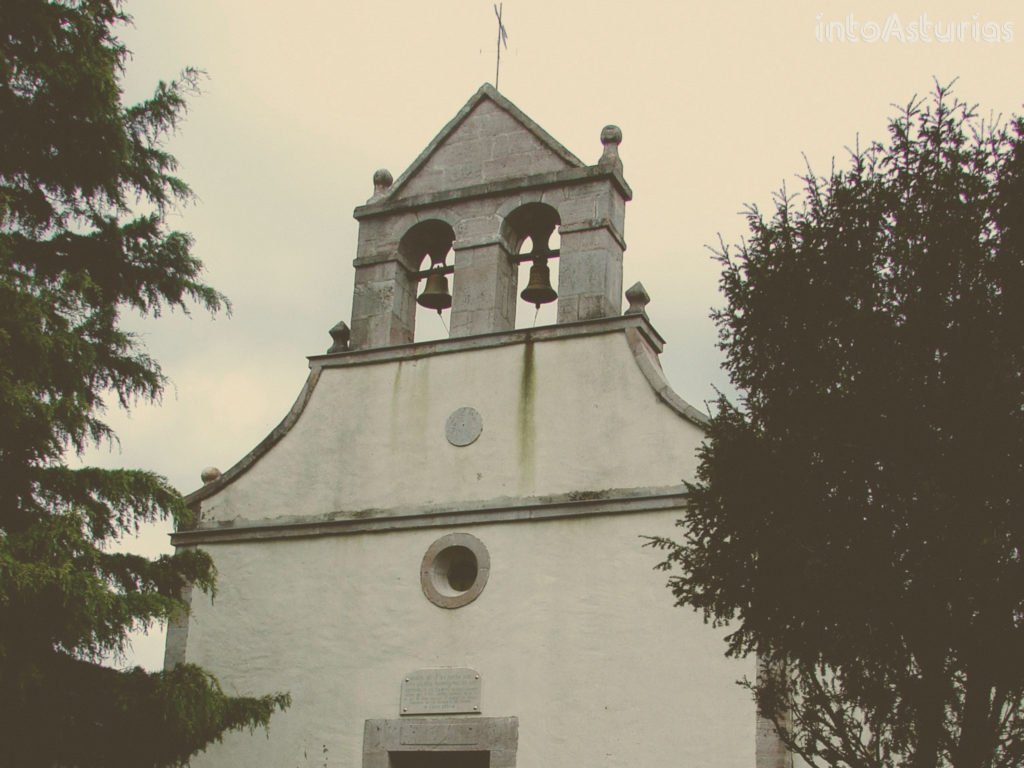June 23, midnight. San Juan night, with fiestas all over Asturias. But far away from the noisy cities and villages, there’s another sound. The sound of female voices. They sing age-old songs along gently flowing streams. What a wonderful peaceful sound! But beware… The creatures behind these voices can suddenly pull you underwater! Why? Because they’re Xanas, the famous Asturian water nymphs…Today, we’re on a quest to find them along the Ruta de las Xanas!
Asturian Mythological Creatures
Asturias has many mythological creatures. There are irritating ones like Trasgus, who make a mess of your house. There are scary ones, like “the man with the bag”, who takes away kids that don’t want to sleep. And there are nice ones, like “El Busgosu”, the protector of forest animals.

Some of Asturias’ most famous creatures are the Xanas, or water nymphs. They live throughout Asturias. Today, we’re on a quest to find them. And where better to look for these mysterious creatures than along the Ruta de las Xanas?
Ruta de las Xanas
The Ruta de Las Xanas is one of Asturias’ most famous hiking paths. Some people call it ‘little Cares’, after the more famous, longer and -potentially- dangerous Ruta del Cares in the Picos de Europa. You can find Ruta de Las Xanas in the heart of Asturias, 20 minutes driving from Oviedo. There’s also a bus stop near the start of the route, but note that the bus goes only a few times a day. There are two options for the hike. First, a linear route, walking to the tiny village of Pedroveya and back (8 km in total). Second, a circular route of 9 km. Today, we walk the linear route.

What to see along the Ruta de las Xanas
From the small parking lot with information panel, we start off with a pretty steep climb. Soon, we walk high above the gorge carved out by the river Viescas. Almost immediately we see a large group of griffon vultures (Gyps fulvus) circling above our heads. Other birds that you can find along this route are Eurasian crag martin (Ptyonoprogne rupestris), Black redstart (Phoenicurus ochruros) and the Alpine jackdaw (Pyrrhocorax graculus) and Alpine chough (Pyrrhocorax pyrrhocorax).

After about two kilometres, the rocky part of the route turns into a woody stretch. It brings you ever closer to the river, now more like a stream. Tree and shrub species growing here are ash, maple, elm, linden, hazel, hawthorn and strawberry. Then we pass a small, dark hole. The entrance to a cave! This must be the habitat of the Xanas…
Legend of the Asturian water nymphs
Xanas live in caves next to rivers and streams. They appear in the night around the time of San Juan’s festival, celebrating the birth of John the Baptist. However, in many parts of Spain, this Christian tradition is intertwined with many pagan rituals. While washing their clothes in the river, the Xanas enchant people with their mysterious songs and long braided hair interwoven with gold. The person able to get the gold out of the braids awaits love and beautiful treasures. But watch out! If the gold thread breaks, the nymphs pull you underwater and do not let go anymore…
Fabada Asturiana for lunch
After remembering this legend, we quickly pass the cave. Actually, we are relieved to not have seen any mysterious women. We continue our hike through the forest to the end of the route: the Ermita de San Antonio. You can also reach this small church through a meadow that offers a beautiful view of the colorful oaks and beeches in fall.

We choose to walk a little further into the hamlet of Pedroveya. It consists only of a few houses and a local restaurant. However, this restaurant has one of the best Fabadas Asturiana of Asturias; a traditional dish with large white beans, chorizo, bacon and black pudding. Reserve in time, because it can get pretty full here!
We take the same way back with our bellies filled with fabada. Fortunately, the way back is descending 😉. Therefore, we are quickly back at the departing point. We can look back to a great hike where nature, mythology and gastronomy of Asturias come together!
Do you want to know more about this route or combine it with a visit to Oviedo? Check our customized trips and guidebooks or send us an email at info@intoasturias.com!

